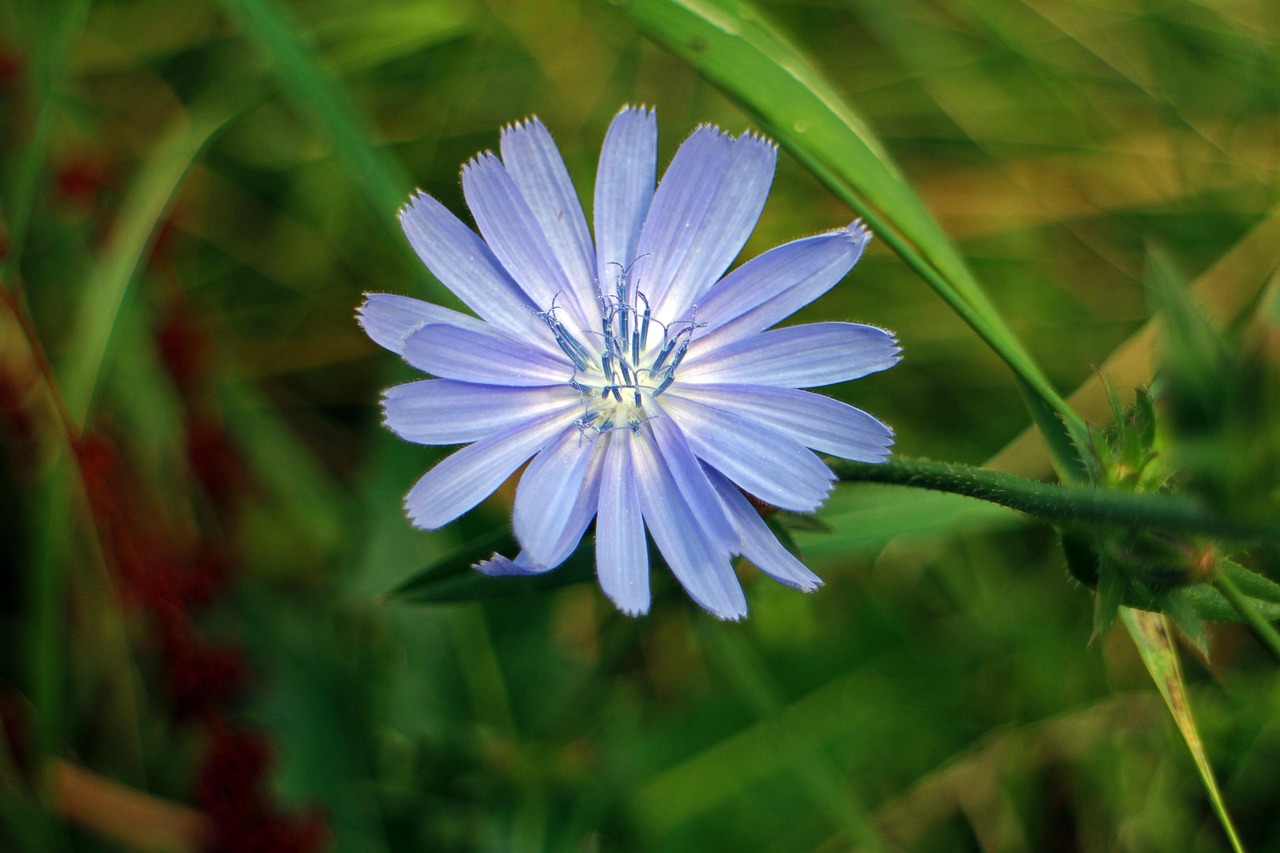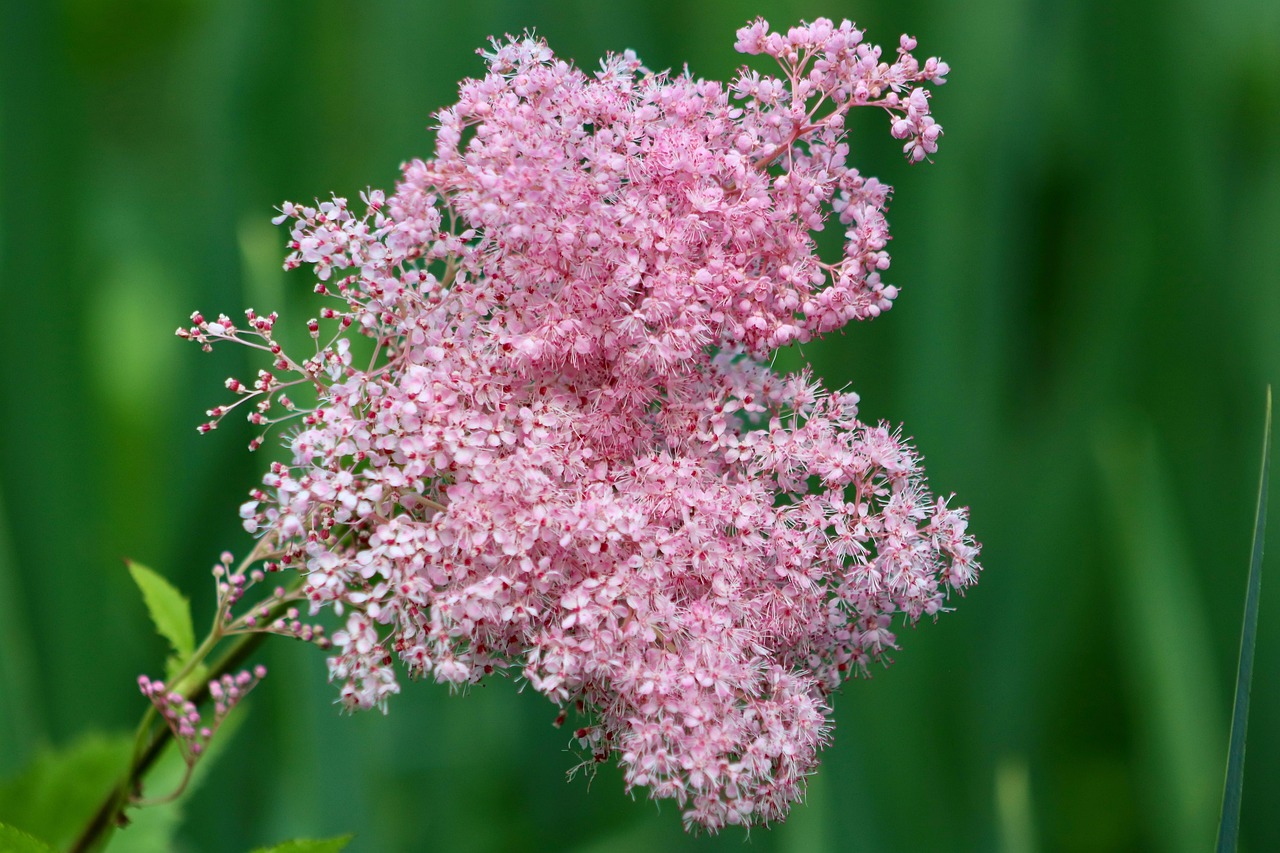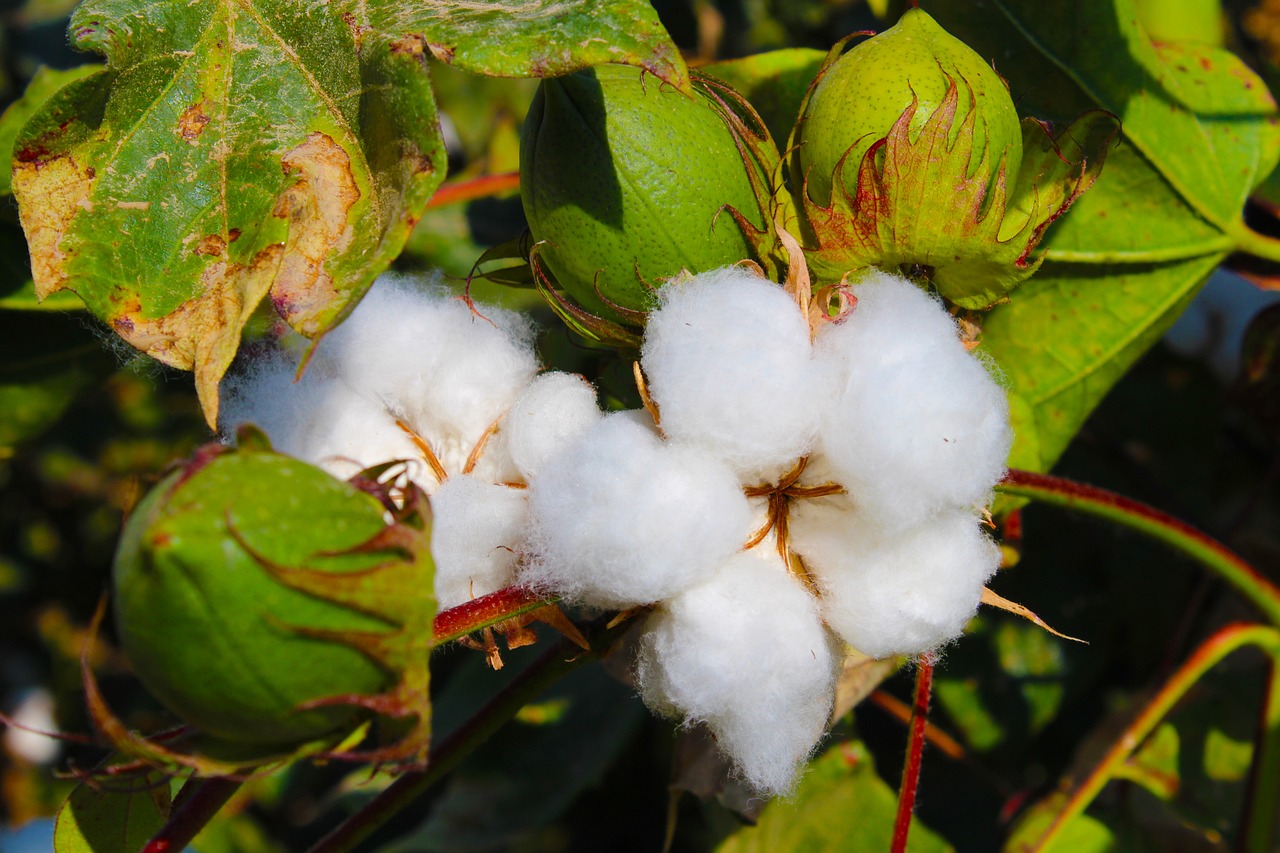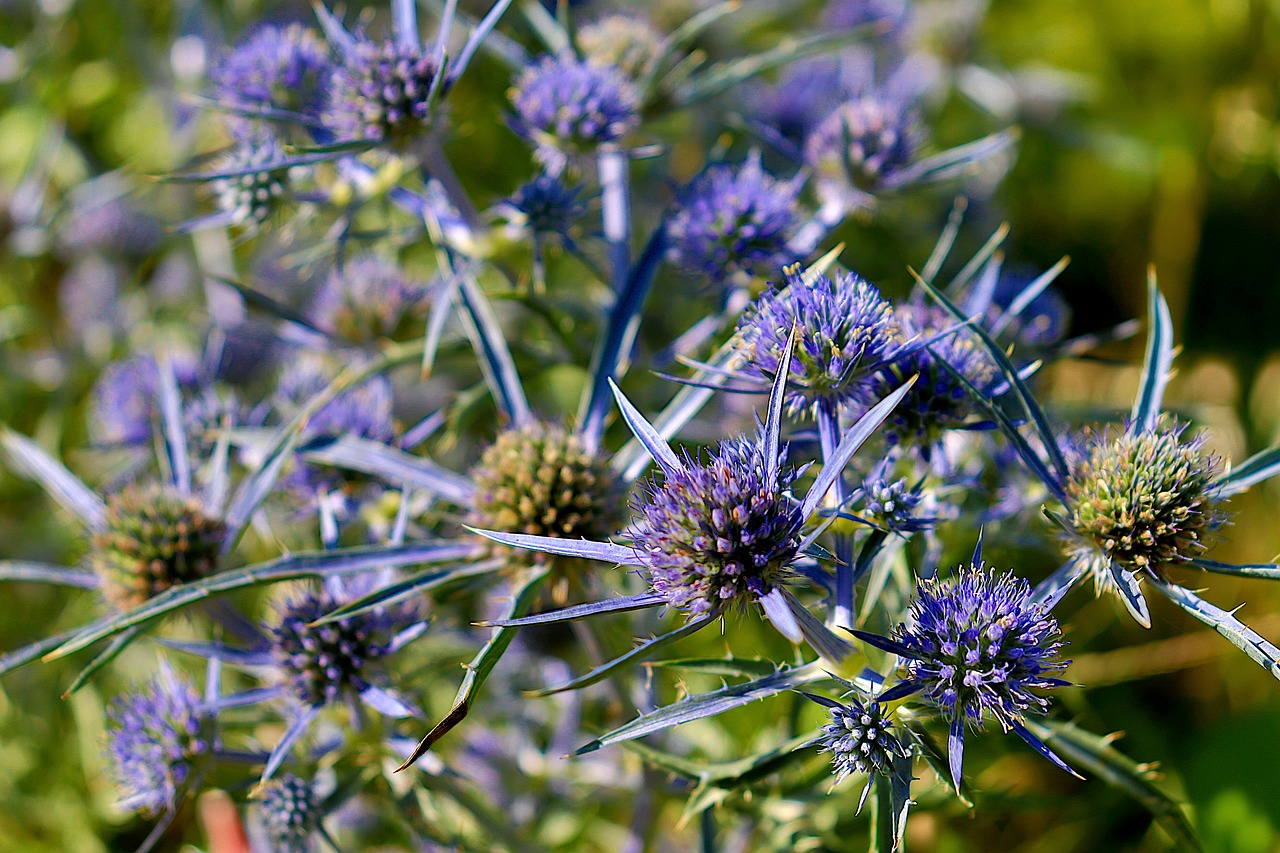Wild Pansy | Features and Care
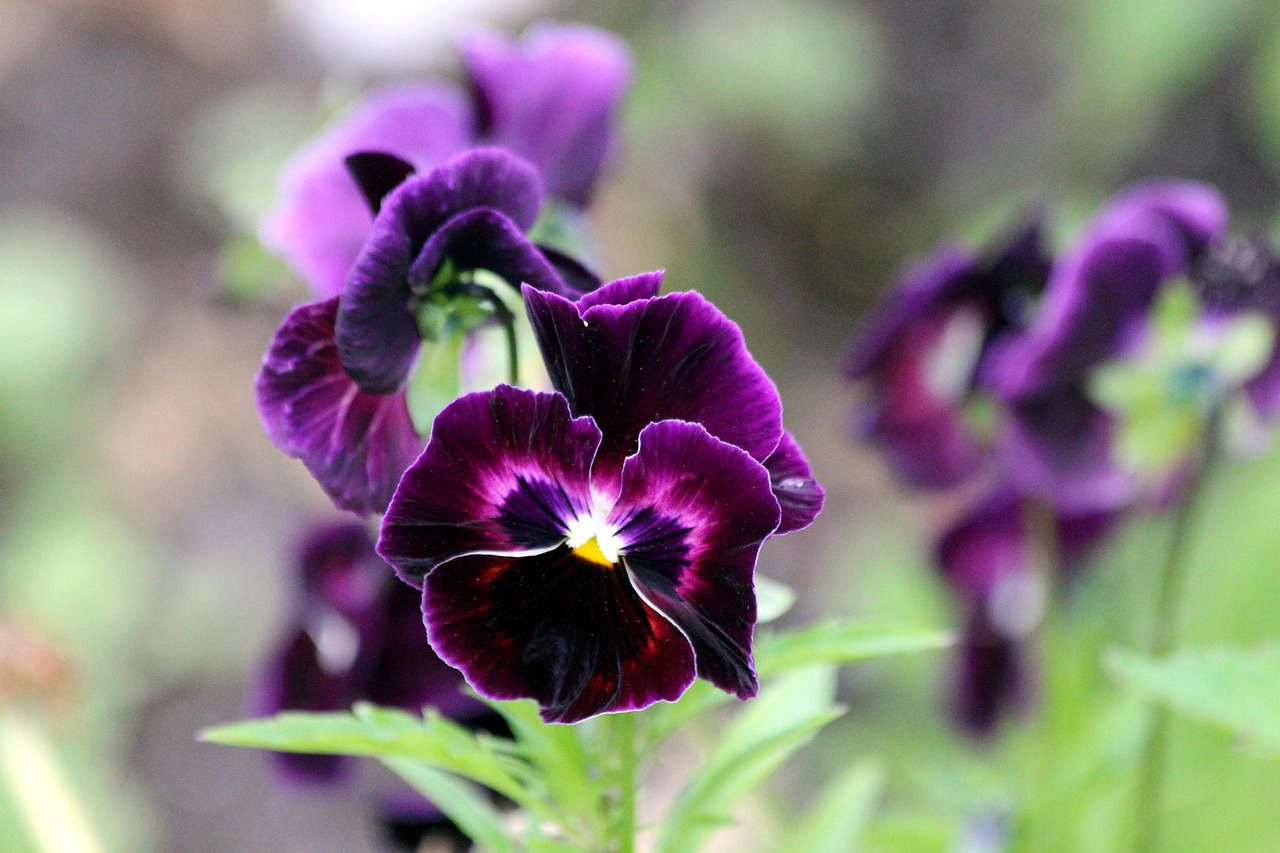
The wild pansy is an annual or perennial plant of the violet family, known for its delicate three-colored flowers. It has long been cherished, particularly in Europe, for its modest beauty as a wildflower and its historical importance as a garden plant.
This article details the basic information, cultural significance across regions, historical background, and practical care points for the wild pansy.
Basic Information
- Scientific name: Viola tricolor
- Family: Violaceae
- Origin: Europe and Western Asia
- Appearance:
The plant grows to a height of about 10–30 cm. The leaves are slender with shallow notches, and the flowers display a gentle blend of purple, yellow, and white. Some varieties show slight differences in the proportion of each color. The flowers are about 1.5–2 cm in diameter, giving a bright and graceful impression. - Blooming Season: Spring to autumn; however, during the peak summer heat, the number of flowers may temporarily decrease.
Cultural Significance Around the World
The wild pansy has held cultural importance across many parts of Europe. In England, it is known as “Heartsease,” symbolizing “peace of heart” or “fulfilled love,” and appears in poems and folk songs. It frequently features in Shakespeare’s works, notably in A Midsummer Night’s Dream, where it plays a symbolic role.
In France, known as “Pensée,” meaning “thought,” it is associated with remembrance and affectionate memories, becoming a popular flower for gifts, especially during the 19th century. In Germany, called “Stiefmütterchen” (“little stepmother”), the flower’s color arrangement has been interpreted as representing relationships within blended families. Thus, the wild pansy has been deeply rooted in different cultural contexts across Europe.
Historical Background
By the 16th century, the wild pansy had become an important plant in European gardening. From this wild species, horticulturalists in early 19th-century England bred larger, more vibrant varieties, leading to the creation of the modern pansy. Especially between the 1810s and 1830s, the popularity of pansies rapidly expanded, becoming emblematic of Victorian garden culture.
Meanwhile, the wild pansy continued to be valued for its natural beauty and was incorporated into meadows and pastures. It played a role not only in the development of horticultural practices but also in shaping the natural landscapes of Europe. Even today, it is an important plant in naturalistic and wildflower gardens.
Gardening Advice
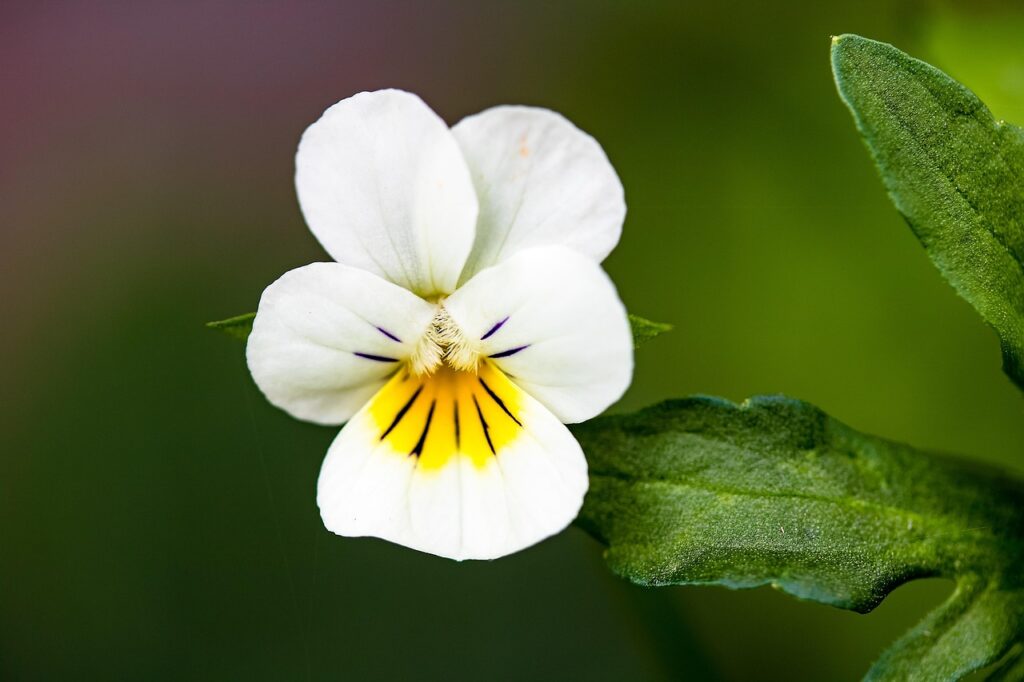
The wild pansy is relatively easy to grow, but proper care ensures that its beauty can be enjoyed for a longer period. Follow these key points:
Sunlight
Prefers full sun. During hot summers, providing partial shade can help maintain flower quality.
Watering
Water thoroughly when the soil surface dries out. Avoid overwatering, and make sure to discard any excess water in the saucer to prevent root rot.
Soil
Well-drained, moderately fertile soil is ideal. Mixing general-purpose soil with compost or perlite improves aeration and promotes healthy root development.
Fertilizer
Apply a diluted liquid fertilizer every two weeks during the growing season. Be cautious not to overfertilize, as it may lead to smaller flowers.
Pruning
Regularly deadhead spent blooms to prevent the plant from exhausting itself and to encourage new flower buds.
Overwintering
In mild climates, wild pansies can overwinter outdoors. In colder areas, provide frost protection or bring container plants indoors.
Conclusion
The wild pansy, with its charming three-colored blooms, is a classic member of the violet family. It has been deeply interwoven with the cultural history of Europe, appearing in literature and contributing to the evolution of garden plants.
Proper care with attention to sunlight, watering, and soil management will allow its delicate beauty to be appreciated over an extended period. Growing this historically significant flower offers a glimpse into the rich horticultural traditions of Europe.

